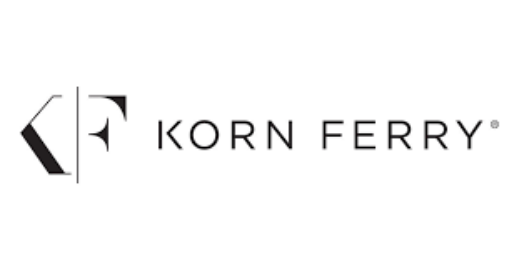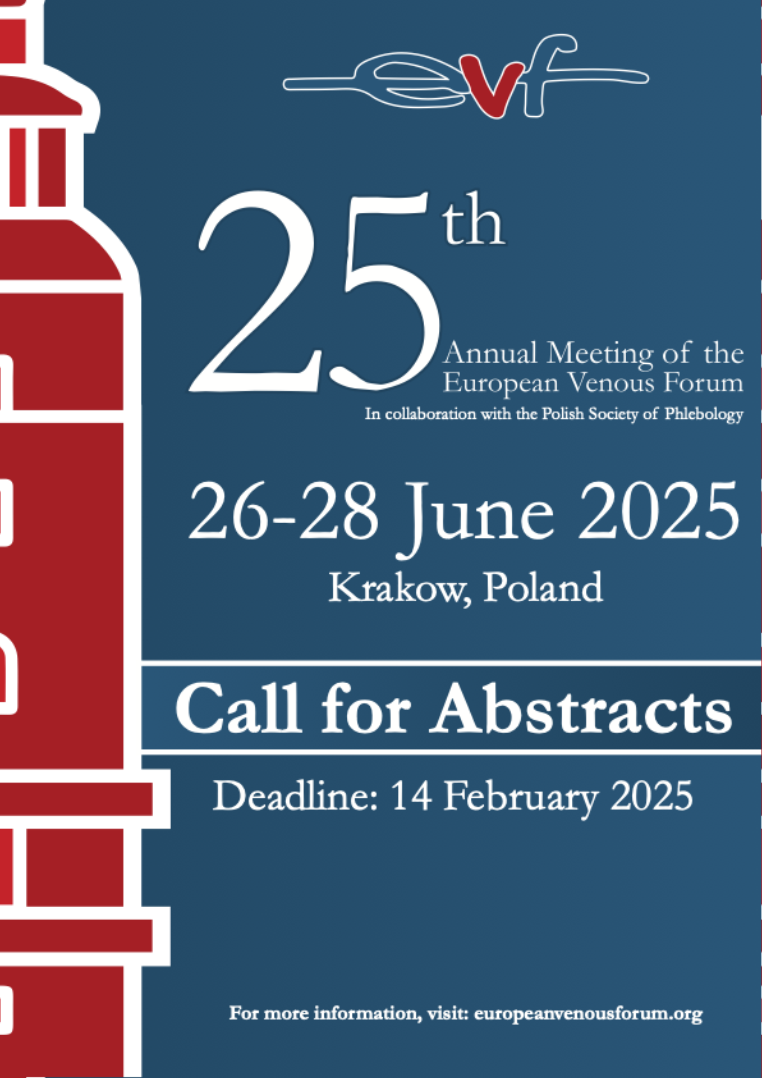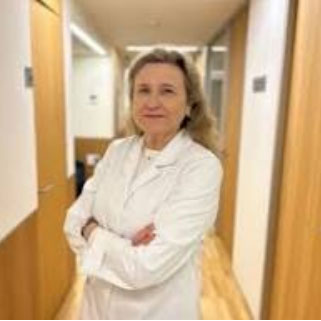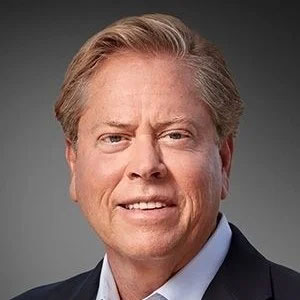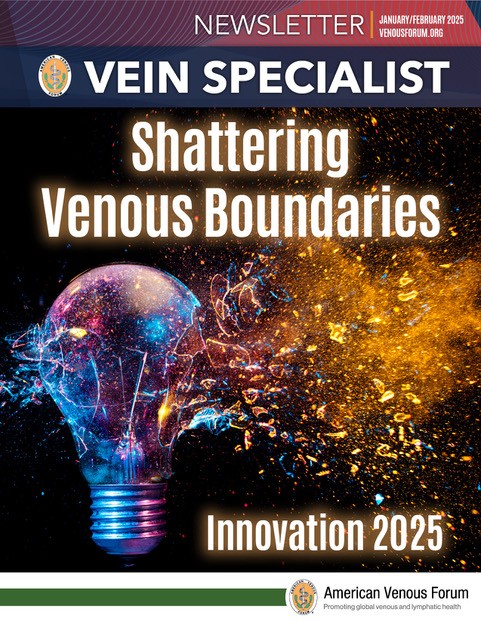
A Revolution in Phlebology
We are currently experiencing a true revolution in phlebology, spreading through all its different fields.
First, at the molecular level, the genomic sequencing of samples gathered from thousands of patients with varicose veins is shedding new light on the field of genetic, epigenetic, and proteomic factors that influence the onset and development of this disease.
The Starling´s law modification and the discovery of the glycocalyx´s function as a capillary homeostasis regulator has helped to better understand the movement of fluids, cells, and particles between the intravascular and interstitial spaces. The classic differentiation between phlebedema and lymphedema has given way to the new concept that edema has lymphatic overload as its underlying cause.
A comprehensive understanding of the role the inflammatory response plays at a microcirculatory level in chronic venous and thrombotic disease allows physicians to elucidate new treatment targets, employing both old and new drugs and techniques.
The development of the more effective and safer new anticoagulants has improved the prophylaxis and treatment of the venous thromboembolic disease (VTE), rendering much better results regarding mortality and complications.
Advanced ultrasound examination and cross-section imaging enable us to understand the anatomy and hemodynamics of the venous system. This represents a fundamental tool in our quest to further describe and clarify aspects of chronic venous disease and VTEand its remaining mysteries, especially in the field of pelvic venous pathology.
Regarding superficial vein treatment, endovenous thermal and non-thermal ablation of saphenous trunks offers at least the same efficacy as stripping with fewer complications, less pain, and a shorter recovery time. Embolization with medical cyanoacrylate has found a novel role in the treatment of varicose veins. Standardized stable foam prepared with automated systems has expanded the universe of sclerotherapy. Foam is now easily prepared with physiologic gases. Stable foam with low concentrations of sclerosants overcomes the limitation of traditional hand-made foam in treating spider veins. High frequency ultrasound, a non-invasive and non-thrombotic ablation of vein walls, represents a new path to varicose vein management.
These new technologies, used alone or in combination, offer new solutions to complex situations, such as recurrences, incompetent perforant veins, lymphedema, venous leg ulcers, and fragile patients.
The advent of new stents in the treatment of chronic deep venous obstruction or the catheter-guided treatment of acute deep venous thrombosis together with the advances in prophylaxis, diagnosis, and anticoagulation have dramatically improved the prognosis of VTE.
Agreeing on new protocols that allow us to correctly use, prioritize, and combine these new advances and gathering scientific evidence comparing their efficacy and derived costs pose new challenges in our near future.
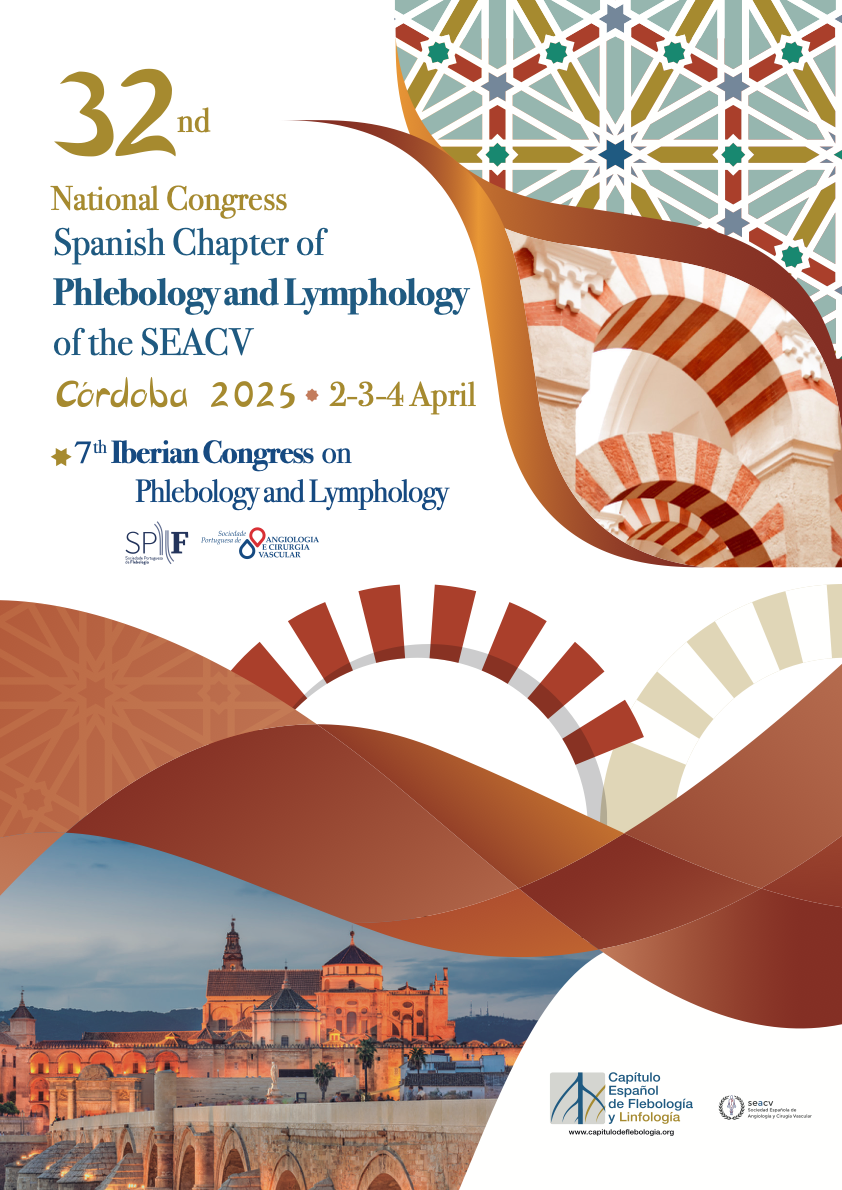
AVF’s Commitment to Eliminating Health Disparities and Improving Access to High Quality Care
The AVF’s commitment to ensuring access to care, eliminating health disparities, and working toward best patient outcomes is an integral part of AVF’s core values (https://www.venousforum.org/about-us/code-of-ethics-avf-pledge/). As stated, the pledge is to “commit to understanding, accepting, respecting and encouraging all ideas, people and actions.” The importance of prioritizing this core value was realized in an effort led by Kathleen Ozsvath, MD and Ruth Bush, MD, JD, MPH under past president, Dr. Glenn Jacobowitz. Over the last few years, this committee has successfully carried out the goal of incorporating relevant themes into exciting sessions at the annual AVF meetings. The enthusiasm and engagement around these sessions and topics have reinforced the importance and relevance of a commitment to this area in order for our society to be exemplary leaders in venous disease care.
In 2024, this committee, currently chaired by Karem Harth, MD and co-chaired by Dr Oszvath, led the development of a newly renamed VEI Committee — Venous Equity and Inclusivity Committee, to more broadly reflect the strategic goals and work of this group. This committee maintains the goals of advancing awareness, understanding, acceptance, and respect of all ideas and people, and provides guidance on needed research relevant to venous care and health disparities.
Over the last year, the VEI Committee has prioritized organizing an upcoming session at the 2025 AVF annual meeting and manifesting ideas energized and inspired by our successful VENOUS2024 session.
The 2025 VEI session will lead to similarly robust discussion and inspiration. This session has an exciting program filled with research in topics such as basic science, impact of inequities in access to venous care among vulnerable populations, opportunities to expand venous research, and includes international experience with population-based venous care. A special speaker will address disparities in coverage from a payer’s perspective—an important topic which affects many venous care providers and patients.
Following the 2024 meeting, the committee members realized that this area of venous research remains largely untapped. Many questions remain unanswered, emphasizing the need to be deliberate in growing and supporting this area of research. Efforts have therefore been prioritized to institute a formal AVF process that more consistently supports research sensitive to health disparities with a focus on venous health and care access in special populations. Updates related to these exciting efforts will be shared through upcoming newsletters and at AVF meetings.
What to Unsubscribe in 2025
Going to the gym? Sure. Eating healthier? No doubt, another worthy undertaking for me. Tackling those boxes that have been stacking up for years in my garage? Long overdue.
But top of my resolution list for 2025: my personal email inbox, which has swelled to 22,572 messages and counting as of this writing. And so, in these very first few days of 2025, I’ve already embarked on the journey …
You name it and it’s made its way to that inbox over the years. Products, promotions, political fundraising—promises to reverse aging and proclamations of my winning pretty much everything.
Now, I am on a mission—scrolling to the bottom of each missive, evaluating its destiny—and, when the fate of the unneeded and unnecessary is determined, searching the fine print and clicking on the tiniest font possible: unsubscribe. Everything is on the table for omission—including that 30-day free trial to the obscure streaming service I signed up for to watch that one movie, that one night … two years ago.
There’s no luck, hope, or chance involved anymore. Every decision I am making is deliberate—and every delete, unsubscribe, and opt-out is intentional.
And that got me thinking …
As leaders, we all have those unwanted habits and behaviors that can subtly creep in and re-emerge. It’s time to weed out the worst—and keep only the best.
It’s been the topic of many conversations I’ve had lately, as one year comes to an end and another begins. When I ask people what they want to unsubscribe from in 2025, the answers are telling:
Cancel trying to solve everything by ourselves—and create more collective leadership. Stop searching for certainty—and start navigating ambiguity with more curiosity and agility. Out with meaningless tracking—and in with meaningful context and perspective. Tune out the echo chambers—and tune in to more inclusive views.
Here we find subscribing in all its meanings; its very definitions. First, to subscribe means to sign up, putting our names on the bottom line. Second, when we subscribe to a belief or philosophy, we embrace what matters most to each of us. And that takes awareness.
So, what’s on the list to unsubscribe in 2025? Here are some considerations:
Unsubscribe from simply hearing—and subscribe to really listening. It’s a common complaint: “You aren’t listening to me.” There is a world of difference between simply hearing and really listening, and particularly to what we don’t want to hear.
Uncheck being interesting—and double click on being interested. Think of it this way, when we’re genuinely interested, we more easily relate to and connect with others. That’s how we foster new relationships. It’s Metcalfe’s Law in action, with the value of our networks growing with every connection we make—one relatable moment and conversation at a time.
Opt-out of just performing—and opt-in to transforming. It’s not enough to perform unless we simultaneously transform. Today, it’s all about an enterprise-focused approach—cascading connections, collaboration, and communication across the lattice. And it’s not as simple as leading across a matrix. It’s how we engage, innovate, and co-create with others.
Deactivate hunkering down—and activate taking risk. Given all the pressures in the world these days, it’s only natural to feel a little tempted to hunker down—or, as our firm’s psychologists call it, “reactive retreating.” The antidote? Re-engage. Yes, there are risks, but without risk, there is no growth.
Unsubscribe reliance on only what we know—and subscribe to what we don’t. Knowledge is what we know; wisdom is acknowledging what we don’t know. Learning is the bridge between the two. As our firm’s research has found, learning experiences boil down to three main ingredients: having motivation, developing abilities, and applying what’s been learned. The result is learning agility.
The irony, of course, is that you’re reading this message in an email—and with just one click, you could unsubscribe … to me!
Indeed, that’s the decision for all of us—intentional and deliberate. What to subscribe and unsubscribe in 2025.
Previously published and distributed by email.
